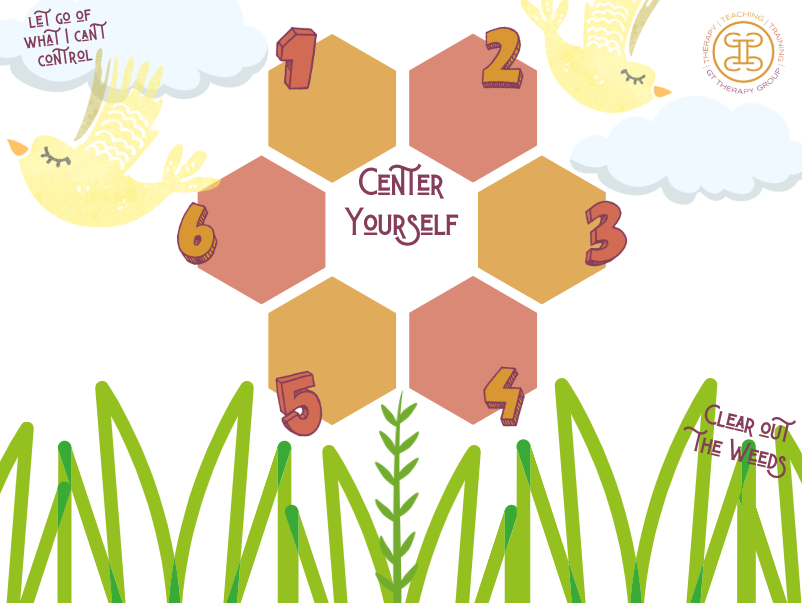Building Family Rituals This Summer
Photo by Michal Parzuchowski on Unsplash
If there’s one concept most families are familiar with (and crave), it’s the idea of routines. Routines help us stay organized and keep track of multiple moving parts. Routines are what help family members decide how to spend their time, together and separately. Rituals, on the other hand, are how families invest time and emotion. Rituals are predictable activities that help family members forge a strong sense of group identity and belonging.
Rituals and routines are especially crucial during times of high stress and transition, which occur frequently during the adolescent years. This life stage is marked with navigating the unknown, searching for identity and juggling physical and emotional changes all at once. Routines and rituals at home can help adolescents and their families find some footing. So how do we put rituals into practice? Many people associate this practice with holiday rituals and celebrations, for example: your birthday rolls around and you can predict how the day is going to go. Ideally, your loved ones are gathered with cake and candles, invested in spending time together and creating memories for years to come. However, rituals can also be the small things, the day-to-day moments that add up. Maybe family dinners or car chats after a soccer game; the intentional moments that allow space for communication and connection. Rituals are the wonderfully predictably practices that remind us we’re in it together.
While rituals can vary greatly by family system and culture, what each family deems worthy, allows it to become worthy. Here are a few simple ideas that can help your family get the ball rolling with establishing your own family rituals:
Family Game Night: This is a time for play and laughter which directly contributes to a sense of connection. Also, allows family members to take turns pitching in game ideas and rule suggestions.
Bedtime rituals: For littles, this can include storytime and snuggles. For older kids/teens this can mean identifying a high/low of the day or some form of emotional check-in before closing the day out.
Family Meetings: Intentionally and consistently set aside time time to allow family members to discuss various topics and bring other family members up to speed on what's going on in their lives. Even allow space for discussions around changes in family rules or routines, or bring up ways to better meet family needs.
Family outings/road trips: Hit the road! Whether this be an annual family vacation or perhaps just a short Sunday adventure. Your family can easily alter this based on time or financial constraints.
Family walks/ exercise: Perhaps there is a sport that your family is interested in and would benefit from participating in together. Or keep it simple and take a short walk around the neighborhood to unwind and talk.
Cooking/ Meal Preparation: If this is something that could be enjoyable for your family, let everyone get involved. Even allowing room for family members to experiment with recipes or learn how to make traditional family recipes. There is so much creativity and love that can go into cooking. (Note: if it wouldn't be enjoyable to get the whole family involved in the cooking, remember that there are people who enjoy to cook for others and some who take joy in eating it! That's how we bring everyone into the fun!)
Family Wishlist: Set time aside to identify some wishes/goals for each season or calendar year as a family, and make it happen! Maybe in the summer you want to have a cookout, swim or make time to go the county fair. Allowing each family member to contribute and then feeling the gratification when you cross each item off the list!
These are all general ideas that can be adapted to each family and their unique needs. However, feel free to take this concept of family rituals and add your own twist!











